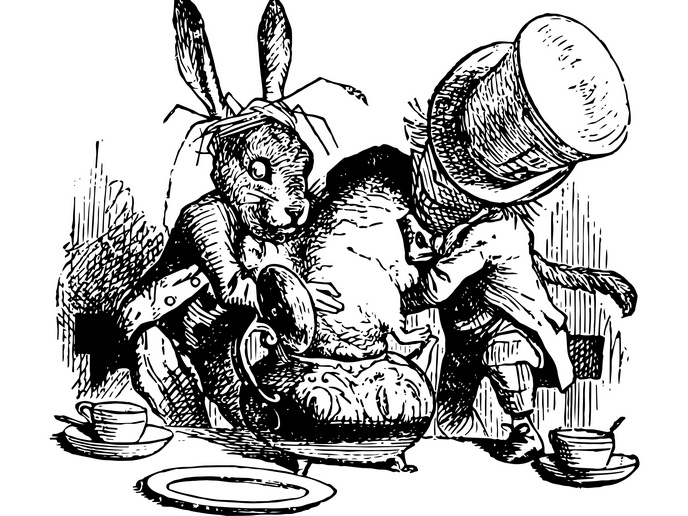Fairy tale and psychiatry intersections
The emergence of psychiatry as a distinct science during the 19th century brought new knowledge of mental illness, most of which found its way into literature. Fairy tales, with their long-standing conventions of supernatural transformation, monstrosity, and deviant behaviours, were a fertile ground for the exploration of psychological pathology.
Representation of psychiatric disorders in 19th-century literature
Undertaken with the support of the Marie Skłodowska-Curie Actions (MSCA) programme, the MadLand project explored the intersection between 19th-century psychiatry and literary fairy tales, demonstrating a transatlantic transfer of knowledge between medicine and literature. The project analysed American, British, and French sources to uncover how early psychiatry shaped the representation of madness in fairy-tale narratives and, conversely, how fairy-tale imagery influenced medical discourses on abnormality. “MadLand examined how fairy tales portrayed, incorporated, and even questioned psychiatric definitions of mental illness,” states MSCA research fellow Alessandro Cabiati. The inspiration for MadLand stemmed from a 19th-century fairy tale about an oppressive king tormented by an inexplicable refrain audible only to himself. There was much ambiguity in the text regarding the nature of the refrain and whether it was a supernatural occurrence or a symptom of mental illness. Further research indicated that psychological representations of deviance were common themes in literary fairy tales at the time, often mirroring new medical classifications of mental illness. 19th-century versions of ‘Bluebeard’ introduced female protagonists with psychological disorders such as hysteria, monomania, and masochism, conditions frequently associated with female deviance at the time. Interestingly, this female deviance was portrayed as a tool for rebellion against male tyranny. Other fairy tales granted magical properties to mental depression, representing it as an enduring spell which can only be broken by a fairy.
Fairy-tale monstrosity and crime
Cabiati was also interested in investigating if and how cannibalistic monsters such as ogresses and witches in fairy tales served as a point of reference for discourses on psychological abnormality and deviance in the 19th century. Investigations indicated that in 19th-century Britain and France, the fairy-tale image of the ogress became a recurrent reference point for the description of women suspected to have committed serial murders of babies. Salomé Guiz, the so-called Ogress of Sélestat who killed and ate her daughter, was declared insane by medical experts and acquitted, although she presented no signs of mental illness. This pivotal moment in criminal psychiatry and similar cases of fairy-tale imagery in female murder pathology will be discussed in Cabiati’s forthcoming monograph Ogresses of Crime Narratives (Cambridge University Press).
Contemporary implications
The interplay between literature and psychiatry extends beyond the 19th century, influencing modern perceptions of mental illness. Literary characters such as Lewis Carroll’s Alice have contributed to clinical syndromes like Alice in Wonderland syndrome, a neurological disorder characterised by distorted perception. Similarly, terms like Cinderella complex and Pinocchio syndrome, although not officially recognised as medical diagnoses, illustrate how fairy tale motifs continue to shape psychological nomenclature. Overall, MadLand challenged conventional beliefs regarding mental illness and literature, shedding light on the historical intersections of psychiatry and fairy tales. By revealing how narratives of deviance were constructed, questioned, and reimagined, the project offered fresh insights into the cultural history of mental illness, opening new debates in medical humanities, literary studies, and psychiatric history.
Keywords
MadLand, mental illness, psychiatry, literature, 19th century, fairy tale, deviance, monstrosity



